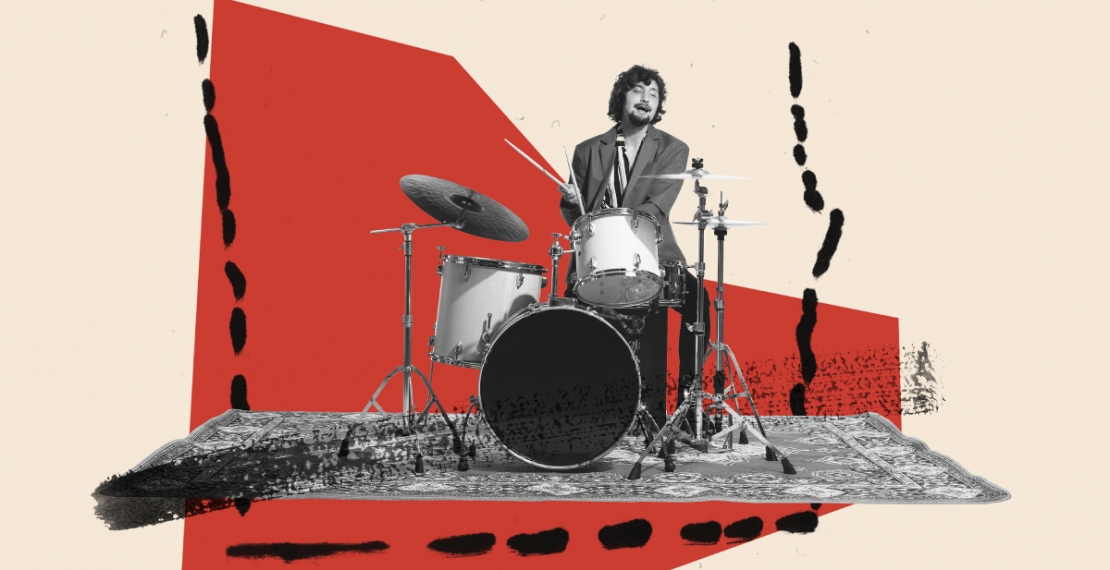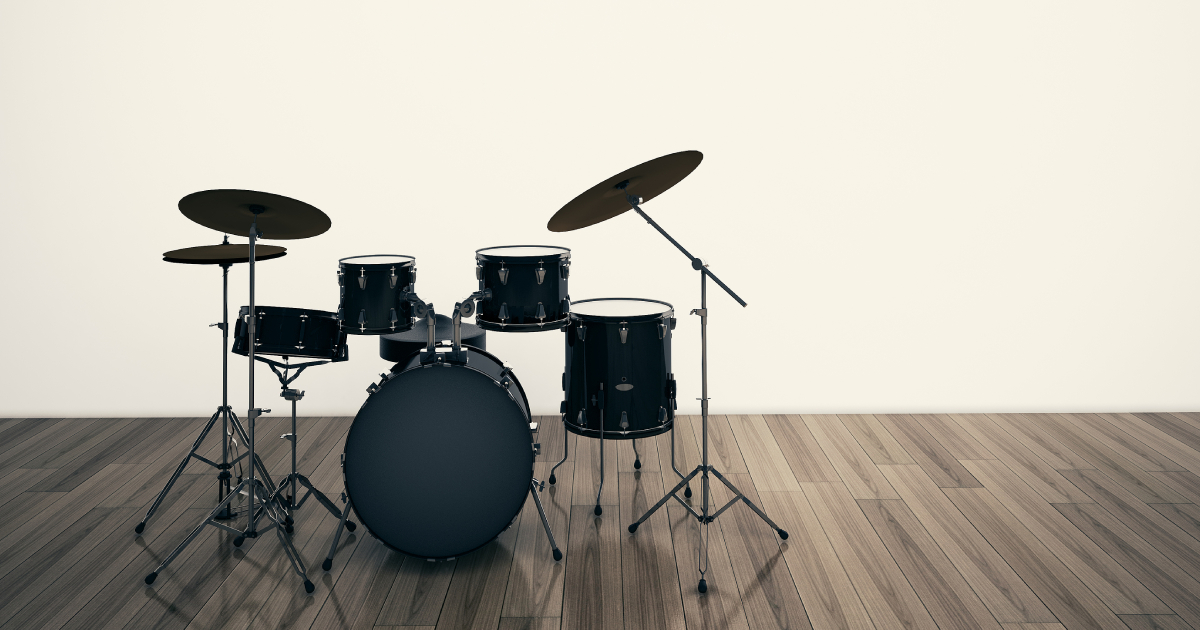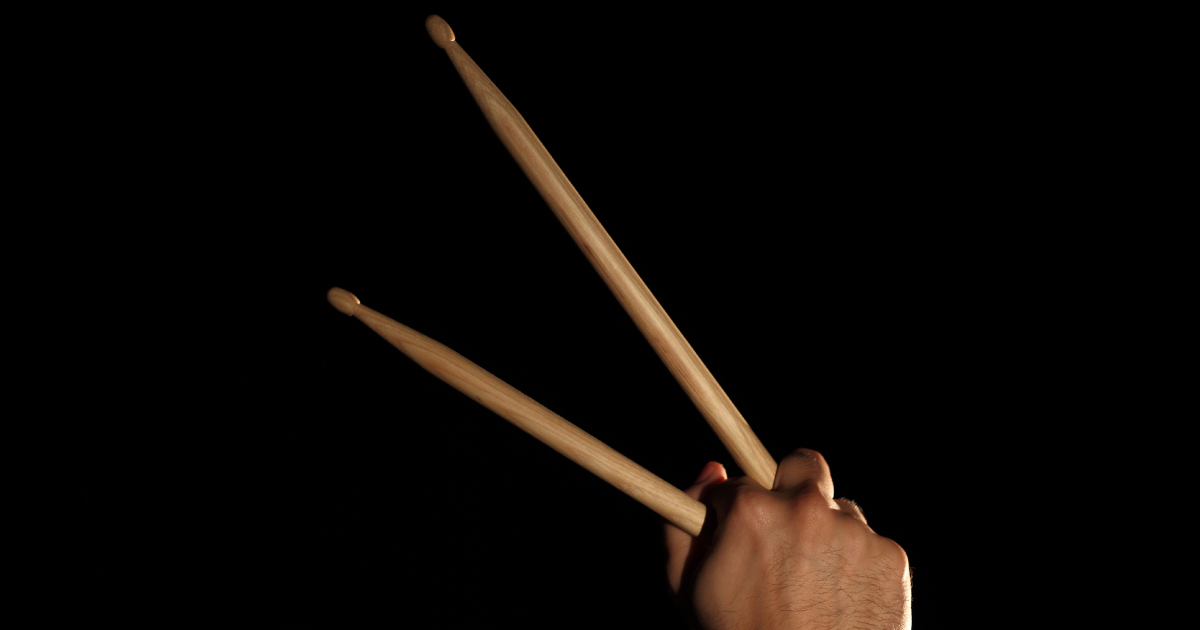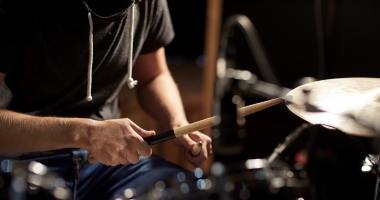groove music school blog: all about music, drum, singing, piano & guitar
Dynamic Drumming: Techniques for Playing with Expression

Drumming is more than just keeping a beat; it's about bringing music to life with rhythm and emotion. Dynamic drumming involves playing with varying intensities, articulations, and feels to enhance the overall musical experience. Whether you're a beginner or an experienced drummer, understanding and applying these techniques can elevate your playing.
In this article, we'll explore various methods to add expression to your drumming, making your performances more compelling and engaging.
Understanding Dynamics in Drumming
Dynamics refer to the variations in loudness and softness in music. In drumming, dynamics are essential for creating contrast and adding interest to your playing. They can be broadly categorised into:
- Volume Dynamics: Changes in loudness, ranging from very soft (pianissimo) to very loud (fortissimo).
- Articulation Dynamics: Variations in the way notes are played, including accents, ghost notes, and flams.
Techniques for Playing with Dynamics
1. Volume Control
- Crescendos and Decrescendos: Gradually increasing (crescendo) or decreasing (decrescendo) the volume can build tension or release in a musical piece. Practice these by starting softly and gradually hitting harder, and vice versa.
- Accents: Emphasising certain beats within a measure adds punch and clarity. Use wrist and finger control to accentuate specific strokes while keeping others softer.
2. Ghost Notes
Ghost notes are light, almost inaudible strokes that add texture and complexity to your playing. They are typically played on the snare drum and can fill in the spaces between the main beats, creating a groove.
3. Flams and Drags
Flams are two strokes played almost simultaneously, with the first being a grace note. They add a thick, full sound to your drumming.
Drags are similar to flams but consist of multiple grace notes. Both techniques add weight and emphasis to your drumming.
4. Stick Techniques
- Moeller Technique: This technique uses a whipping motion to produce powerful accents and efficient strokes. It combines the use of the forearm, wrist, and fingers for dynamic control.
- Finger Control: Utilising your fingers allows for quick, controlled strokes that are essential for fast, dynamic playing.
5. Use of Different Drums and Cymbals:
Varying the drums and cymbals you hit can create different tones and dynamics. For instance, playing on the edge of a ride cymbal versus the bell produces contrasting sounds. Experiment with different parts of your kit to find new dynamic ranges.
Applying Dynamics in Different Musical Contexts
1. Rock and Pop
In rock and pop music, dynamics are crucial for driving the energy of the song. Use strong accents and volume changes to highlight choruses and bridges. Ghost notes can add groove to verses, making the rhythm section more engaging.
2. Jazz
Jazz drumming relies heavily on subtle dynamics and intricate rhythms. Soft ghost notes and dynamic stick techniques are key. Flams and drags can add complexity to your fills and solos.
3. Latin and World Music
These genres often feature complex rhythms that benefit from dynamic playing. Use different drums and percussion instruments to create a wide range of sounds and volumes.
Practicing Dynamic Drumming
1. Practice with a Metronome
Use a metronome to maintain consistent timing while practising dynamic changes. Start slow and gradually increase the tempo as you become more comfortable. This technique will also help you develop your speed and control on the drums.
2. Play Along with Music
Practice playing along with songs that have clear dynamic changes. Pay attention to how the drummer uses dynamics to enhance the music.
3. Record Yourself
Recording your practice sessions can help you hear your dynamic range and identify areas for improvement.
4. Take Lessons
Consider enrolling in drum lessons. Professional guidance can provide personalised techniques and feedback to help you master dynamic drumming.
Conclusion
Dynamic drumming is essential for expressive and engaging performances. By mastering volume control, ghost notes, flams, and utilising different parts of your drum kit, you can bring a new level of expression to your playing.
At Groove Music School, our beginner drum lessons are designed to help you develop these skills and more. Join us to start your journey toward becoming a dynamic and versatile drummer!
To learn more, feel free to contact us today!





